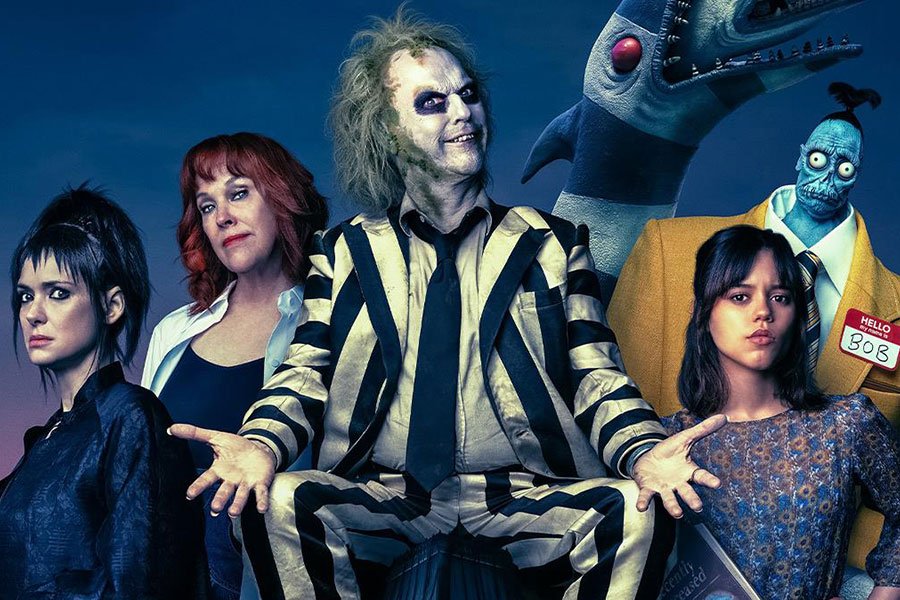
Best Editing Nominees of Oscars 2025
March 19, 2025
The nominees for Best Costume Design at the 97th Academy Awards Oscars 2025
March 25, 2025The Wild World of Production Design
Hey, ever wonder what makes a movie pop off the screen like a firecracker? It’s all about production design, that magical mix of creativity and chaos that turns a script into a living, breathing world. Take Catherine Martin, born January 26, 1965, now 60—she’s the Aussie genius behind Moulin Rouge! and The Great Gatsby. Married to director Baz Luhrmann, she’s got a life full of glitz, running her own design business while juggling family with two kids. Her work’s all about film design, crafting lush, dazzling universes that scream visual design. She’s snagged the Academy Award for Best Production Design twice, proving she’s a master at set design. Picture this: a whirlwind of mood boards, production sketches, and scale models—that’s her process, bursting with maximalism. Her sets aren’t just backgrounds; they’re characters, pulling you into the story like a moth to a flame. How does she do it? Pure, unfiltered passion.
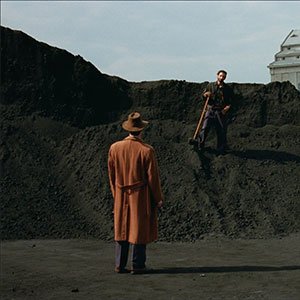
The Brutalist
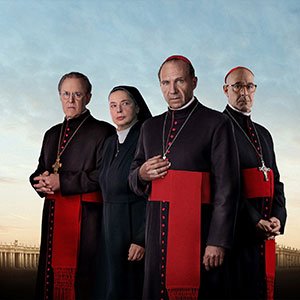
Conclave

Dune: Part Two
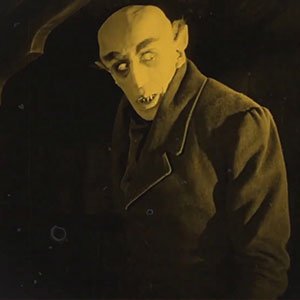
Nosferatu
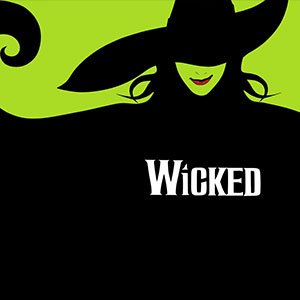
Wicked
Legends Who Shaped Film Aesthetics
Let’s rewind to William Cameron Menzies, born July 29, 1896—died way back in 1957 at 60. This guy basically invented art direction, coining the term while working on Gone with the Wind. A Cali native, he lived a quiet life, no flashy business, just pure craft. His visual storytelling in Things to Come set the bar for science fiction design. Then there’s Rick Carter, born 1952, now 73, a laid-back dude who’s won Oscars for Avatar and Lincoln. He’s all about cinematic design, sketching concept art that’s dripping with realism. Single, no kids, he’s poured his soul into set construction, building worlds that feel alive. These pioneers didn’t just decorate—they crafted iconic sets, from sprawling fictional worlds to gritty interior set design. Ever notice how a room can tell a story? That’s their legacy, loud and proud.
Modern Maestros of TV Design
Now, meet Hannah Beachler, born August 17, 1970—she’s 54 and killing it. From New Orleans, she’s the brains behind Black Panther’s TV aesthetics, blending futuristic design with Afrocentric vibes. Single, no big business, just a freelance hustle, her life’s all about set decoration. She’s nabbed the Emmy Award for Outstanding Production Design and loves texture design—think vibrant fabric selection. Then there’s Adam Stockhausen, born November 30, 1972, age 52, who’s shaped The Grand Budapest Hotel with minimalism. Married, two kids, he runs a tight ship in NYC, obsessed with prop design. Their television design work pops with color grading, turning soundstage sets into candy-colored dreams. How do you make a fake world feel real? Ask these two—they’ve got the blueprints to prove it.
The Dark Knights of Movie Design
Ever heard of Guy Henderson Dyas? Born August 20, 1968, he’s 56, a Londoner with a knack for movie aesthetics. He’s the guy who dreamed up Inception’s mind-bending scenic design. Divorced, one kid, he’s built a career in freelance production design, sketching floor plans that twist reality. Then there’s Anton Furst, born May 6, 1944—died too young at 47 in 1991. His Batman (1989) oozes gothic design, all thanks to his set props. A loner, no family, he lived for practical sets. Both snagged BAFTA Award for Best Production Design nods, proving expressionism can steal the show. Their worlds—like Blade Runner’s neon sprawl or Edward Scissorhands’ eerie suburbs—are landmark sets. What’s cooler than a city that feels like a nightmare? Nothing, that’s what.
The Unsung Heroes of Aesthetic Design
Let’s shine a light on Stuart Wurtzel, born August 31, 1940—84 now, still kicking. He’s the production styling king of Hannah and Her Sisters, all cozy set dressing. Married, three kids, he’s a New Yorker with no fancy business, just a love for prop selection. Then there’s Lawrence G. Paull, born 1938, died 2019 at 81, who gave us Blade Runner’s noir design. A bachelor, he lived simply, sketching digital models for fun. Their production aesthetics scream urban design, turning location scouting into an art form. Ever walked into a scene and felt the vibe? That’s their set construction materials at work—gritty, real, and bursting with natural light. They’ve got Art Directors Guild Award nods, proving drama production design doesn’t need to shout to be heard.
The Epic Visionaries of Visual Effects Design
Say hi to Dean Tavoularis, born May 18, 1932—92 and a legend. He’s the set lighting design guru behind The Godfather, all moody lighting effects. Widowed, two kids, he’s retired in LA, no business, just memories. Then there’s John Box, born January 27, 1920—died 2005 at 85. His Lawrence of Arabia is peak historical production design, built with practical effects design. Married, one kid, he lived for set color schemes. Both nabbed Production Design Oscar winners titles, mastering motion capture and matte painting. Their epic sets—think Star Wars series’ sprawling galaxies or 2001: A Space Odyssey’s sleek voids—are pure science fiction production design. How do you make sand dunes feel majestic? These guys knew the trick: mood lighting and a killer eye.
The Stylish Rebels of Costume Design
Meet Ken Adam, born February 5, 1921—died 2016 at 95. This German-Brit gave Dr. No its wardrobe design, all sleek character costumes. Widowed, no kids, he sketched storyboards for Bond’s industrial design. Then there’s Norman Reynolds, born March 26, 1934—died 2023 at 89, the Star Wars hair and makeup design wizard. Married, two kids, he ran a small design firm, loving historical costumes. Their special effects design shines in action design, snagging Saturn Award for Best Production Design. Picture Crouching Tiger, Hidden Dragon’s flowing silks or Hero (2002)’s bold reds—that’s their textile selection game. Why do costumes matter? They’re the soul of visual effects design, turning actors into icons with pattern making and a dash of rebellion.

